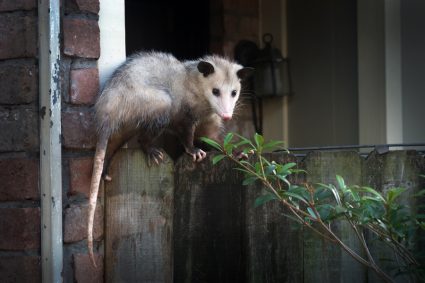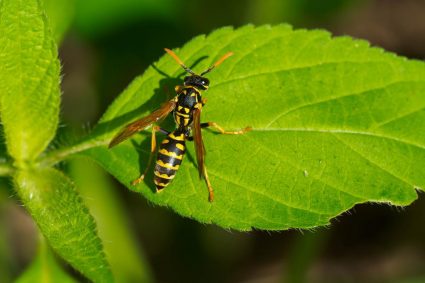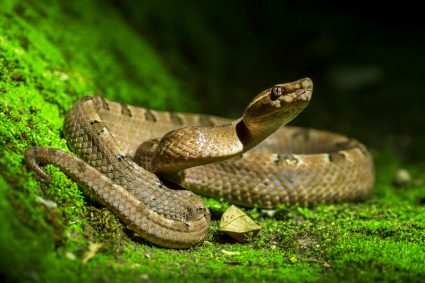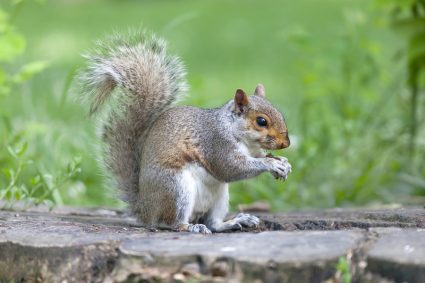
Birds may seem harmless, but when they decide to make a home in your attic vents, they can cause a host of problems ranging from structural damage to health risks. This comprehensive guide will help you understand the risks associated with birds nesting in attic vents, how to identify if birds have taken up residence in your vents, and most importantly, how to keep birds out of your attic vents.
To keep birds out of your attic vents, regularly inspect and repair any damage in your vents. Install vent covers or screens over the openings to act as a barrier while still allowing air circulation. You can also install bird spikes around the vent openings to discourage birds from landing. Removal of items that attract birds and using bird repellents can further deter birds from accessing your attic vents.
Why Do Birds Choose Attic Vents?
Birds choose attic vents for nesting because they offer shelter, warmth, and protection from predators. Attic vents are often located high off the ground, making them an ideal location for birds to nest and raise their young away from potential threats.
Risks of Having Birds in Attic Vents
There are several risks associated with birds nesting in attic vents. These include:
- Fire Hazards: Bird nests can block airflow and cause appliances to overheat, increasing the risk of fire.
- Health Concerns: Bird droppings can transmit various diseases and parasites, posing a health risk to humans.
- Pest Infestations: Birds can carry mites, which can spread from the nest and infest your home.
- Structural Damage: Birds can damage the vents and ducts, and their droppings can cause staining and deterioration of the material.
Signs That Birds Are Nesting in Your Attic Vents
To identify a bird infestation in your attic vents, look out for these signs:
- Unusual sounds, such as scratching, chirping, or flapping coming from the attic.
- Red bumps on the skin, which may be caused by mites.
- Respiratory problems, which can be caused by inhaling bird droppings.
- Concentrated feces, feathers, and nesting materials near the vents.
How to Keep Birds Out of Attic Vents
To prevent birds from entering your attic vents, follow these steps:
- Inspect and Repair: Regularly inspect your attic vents for any damage or holes that may need repairing.
- Install Vent Covers: Install vent covers or screens over the openings to act as a barrier while still allowing air circulation.
- Install Bird Spikes: Install bird spikes around the perimeter of the vent openings to discourage birds from landing.
- Remove Appealing Items: Remove items that attract birds, such as pet food, trash, bird feeders, and crops.
- Use Bird Repellents: Use bird repellents, such as visual deterrents, liquid sprays, or spikes, to deter birds from landing on the roof and accessing the vents.
Legal Considerations
Remember that some bird species are federally protected and it is illegal to harm or harass them. Ensure you are not violating any laws when dealing with birds in your attic vents.
Cleaning Up Bird Droppings
When cleaning up bird droppings, it is crucial to take precautions to avoid inhaling the droppings or touching them with bare hands. Use a mask, gloves, and a long-handled brush to safely remove the droppings, and then sanitize the area to kill any pathogens.
In conclusion, keeping birds out of your attic vents requires regular inspection, preventive measures, and swift action if an infestation is detected. By following the steps outlined in this guide, you can protect your home from the risks associated with birds nesting in attic vents.
Frequently Asked Questions
What types of bird repellents are effective for attic vents?
There are several types of bird repellents that can be effective for attic vents. These include visual deterrents like reflective tapes, fake predators, and wind chimes; tactile deterrents like bird spikes and sticky substances; and chemical deterrents like sprays and gels that have unpleasant smells or tastes for birds.
How often should I inspect my attic vents for bird infestation?
It is a good practice to inspect your attic vents at least once a season, or more frequently if you have noticed signs of bird activity around your house.
What should I do if I find a bird nest in my attic vent?
If you find a bird nest in your attic vent, it’s important to remove it carefully to avoid damaging the vent or injuring the birds. It’s best to do this when the birds have left the nest. If the birds are protected species, you may need to seek advice from a local wildlife agency before removing the nest.
Can I install vent covers myself or should I hire a professional?
Installing vent covers can be a DIY job if you’re comfortable with it. However, hiring a professional ensures that the job is done correctly and safely, and they can also inspect the vents for any damage or signs of bird infestation.
Are bird mites harmful to humans?
Bird mites can bite humans, causing red, itchy bumps on the skin. However, they cannot live on human blood and will die off within a few weeks without a bird host. Nevertheless, their bites can be uncomfortable and lead to secondary infections if not treated properly.











